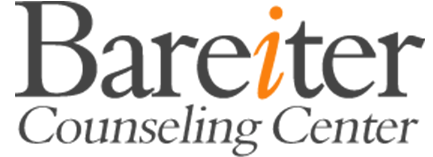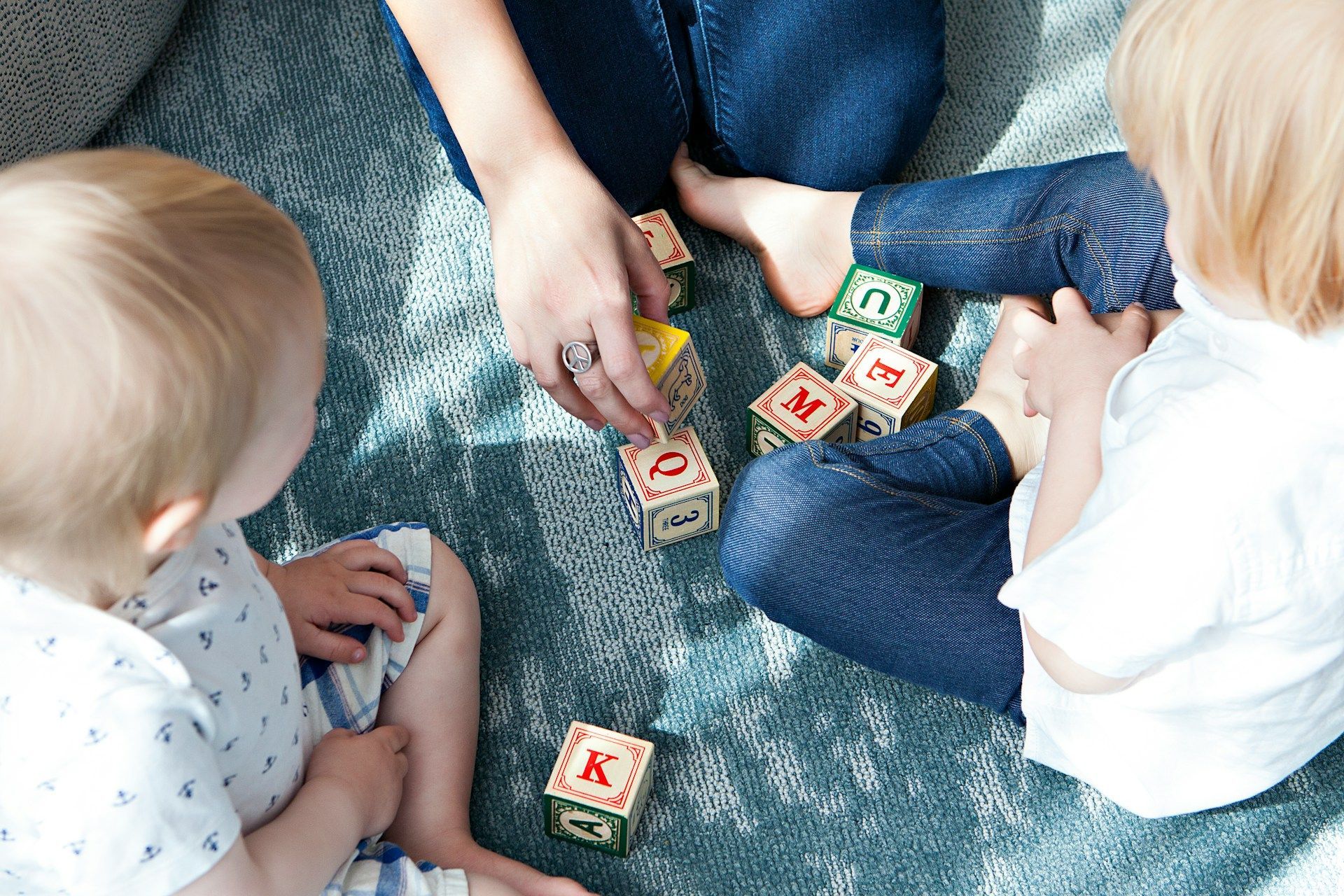ADHD in Children: A Practical Guide for Parents to Support Focus, Learning, and Confidence
Understand how ADHD affects your child’s brain and behavior—and discover proven strategies to help them thrive at home, in school, and in life.

As ADHD diagnoses are on the rise, there are more and more questions as to what it is and how parents can help their children navigate school and social situations and regulate their emotions.
First, it is important to change our perspective on ADHD by stating what it is not.
- It is not a learning disability.
- It is not laziness or defiance.
- It is not immaturity.
ADHD is a type of mind and a style of learning. ADHD brains can be creative, problem-solving, hyper-observant, emotionally aware, and quick-thinking. By understanding their child’s learning and thinking style, parents can help their children blossom in school, confidence, and relationships!
Introduction to ADHD. Two systems within the brain focus on completing tasks. One system focuses on internal concerns and functions (i.e., self-reflection, emotional awareness/regulation, thinking about communication, etc.). It is called DMN or Default Mode Network. The other system focuses on external activities (i.e., school work, chores, communicating with others, expressing emotions). It is called TPN or Task Positive Network. A brain that does not operate under the ADHD umbrella can change between these two systems when a different task arises (no one does this perfectly, as everyone occasionally becomes preoccupied with their thoughts or overly focused on an external task). For a brain that does operate under an ADHD umbrella, these task systems overlap, making it more difficult to focus entirely on a task at hand or to express specific thoughts and feelings.
Dr. Hallowell, in his book ADHD 2.0, stated that ‘An ADHD brain is like having a racecar with bicycle brakes.’ ADHD brains are powerful and can accomplish amazing things, but as any racecar driver, you must practice using it well.
Tips and Tricks for helping your children with ADHD
Mindfulness
Mindfulness is a great skill to teach your children, especially those with ADHD. It involves increasing awareness of one's daily life, including thought patterns, feelings, and reactions. Being more mindful can help one be more proactive than reactive. Mindfulness can be accomplished by writing thought patterns (A+B=C), journaling to bring more awareness to one's internal world, and taking deep breaths!
Breathing exercises
This works best when thoughts, anxiety, and hyperactivity begin. Breathing sends signals to our brain and nervous system to slow down. As with any new habit, starting this can feel difficult and clunky, but it is not about doing perfect! It is about trying.
- Box Breathing - Breath in for four counts, hold for four counts, out for four counts, and then hold for four counts (Try doing this for about 2 - 3 minutes)
- Breathing slowly out - when we breathe out for longer than we breathe in, this also sends a signal to our nervous system to slow down (i.e. Breathe in for four and out for six counts)
- Drawing your breath- whether this is on a piece of paper or you are just tracing a surface with your finger, drawing your breath can give us a visual to create a deeper mind/body connection with ourselves!
Movement in general
ADHD brains can have a lot of energy that can bounce around easily! Getting energy out before doing a task that requires the TPN part of our brain is important! This allows the DPN part of our brain to get what it needs so that the TPN can focus more. Movement is also a great way to regulate our emotions. In his book, The Body Keeps the Score, Dr. states that emotions and memories can get stuck in different parts of the body. Emotion= energy+motion, so moving your body is a great way to process your feelings.
Acceptance
Shame can be prevalent within the neurodivergence community due to the way our society operates. Schools can be rigid and not open to working with kids whose brains operate differently. Because of that, it is vital to provide acceptance and encouragement to your child with ADHD! This will encourage their self-confidence and acknowledge their ability to think outside the box!
Tips and Tricks for School
Time Management and Routine
- Having a set routine is helpful for ADHD brains, as these minds can run away with many different thoughts. A set homework, self-care, and daily task routine can help your child remember what needs to be done.
- Help your child go through what is due each week with a planner and have a set time for your child to work on a specific subject
Staying engaged
- ADHD can make it difficult for someone to stay focused on a specific task. Providing a fidget toy or allowing your child to doodle during class can help them concentrate or learn more easily.
- Switching between homework assignments and breaking assignments down into smaller tasks can help your child stay engaged. ADHD brains become bored quickly, so they can easily get bogged down on one task. Switching it up can prevent this.
Bibliography: Hallowell E.M. & Ratey J.J. (2023) ADHD 2.0, (Sheldon Press)



